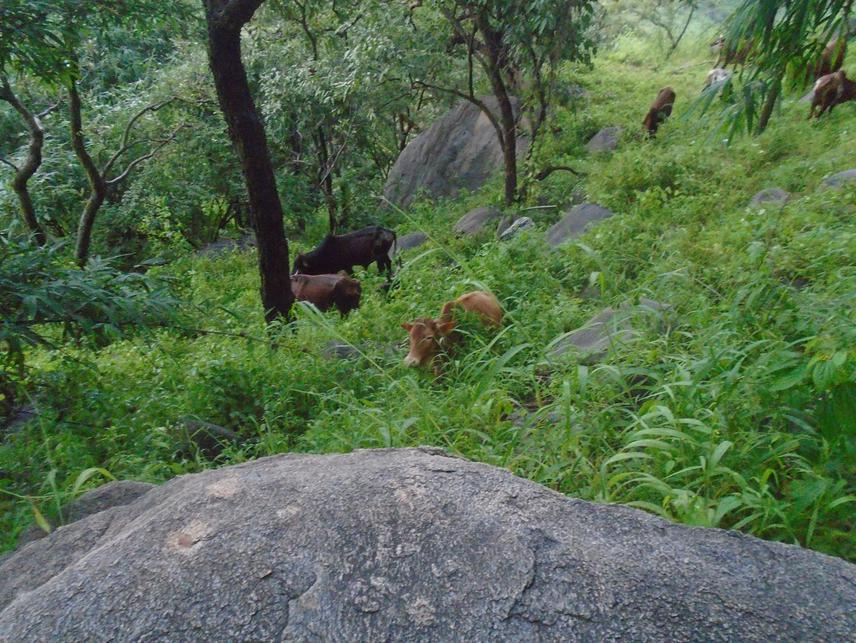Mehari Girmay
Other projects
5 Sep 2018
Vegetation Ecology and Ethnobotanical Study of Hirmi Forest, North West Zone of Tigray Region, Ethiopia
22 Mar 2021
Rehabilitation of Rare and Threatened Species through Capacitating and Involvement of the Local Community in and Around Hirmi Forest
24 Jan 2024
Rehabilitation of Riparian Vegetation for Conservation of Wildlife Habitats and Improvement of Community Livelihoods in the Dryland Ecosystem of Northern Ethiopia
Currently, forest in Ethiopia is rapidly decline because of agricultural expansion, settlement and deforestation. To minimize such threats, the country is conducting different conservation strategies like, watershed management, restoration, and rehabilitation programs. However, to implement the above techniques, ecological information should be investigated in detail. Hirmi forest is one of the dry land forests which need congruous conservation priority to provide the required services sustainably. But the conservation priority is intended to implement after we have forest’s restoration potential information from the soil seed bank and existing threats. Hence, the purpose of this study will be to investigate the restoration potential of plant species, its major anthropogenic threats and possible management ways of the forest; basis for sustainable conservation. Representative soil seed bank will be taken from different land use types and major anthropogenic impacts to the forest and possible conservation ways will be also measured and analyzed via relevant methodology.

Some threats (Grazing) revealed in Hirmi forest. © Mehari Girmay.
Tropical forests are the most species diverse terrestrial ecosystems & generate a variety of natural resources to sustain the livelihood of local communities. However, due to both natural and anthropogenic factors, the forest ecosystem is currently under series degradation. Such problem is also the major problem tackled in Ethiopia. Because of poor ecological managements, peoples in the country are faced for shortage of food sufficiency and deaths for long time. Many studies in Ethiopia reveal that if the natural resource in the country is investigated and conserved, it will have the capacity to overcome the food insufficiency.
The present study will be conducted in dry land forest ecosystem, where high degradation and deforestation is terrorizing for the biodiversity. The main objective of the study will be to investigate the regeneration potential of Hirmi forest by taking soil seed banks and assess the major threats to the forest. There are four land use types in the study area. These are forest land, shrub land, grass land and bare land. From each four land use types, four soil layers and 8 sample points (i.e. 4land use type x four layers x from 8 pints), a total 128 sample for soil seed bank growing will be taken to investigate the regeneration potential of Hirmi forests. Data related to major anthropogenic threats to the forest will recorded in each sample plots and labeled, by considering disturbances parameters such as tree cutting, debarking, grazing, firing and charcoal production sign.
The seedlings emerged and identified will be removed to avoid competition and allow germination of other seeds. Jaccard’s coefficient of similarity will be used to analyze the similarity of soil seed bank composition between the land use types. Variance analysis of species abundance in each soil layer and land use types will be done by ANOVA using free R-software packages. To analyze the depth distribution of seeds in each soil layers, the number of seeds recovered in similar layers will be combined and converted to provide the density of seeds/m2, following recommended methodology. The threats of each plots will analysed in line with species abundance as one variable via ANOVA. SPSS will be used to assess the community knowledge associated with forest conservation knowledge.
The result of this study enables to take necessary measurements and ecological restoration techniques to preserve the rich biodiversity resources of Hirmi forest based on the scientific findings outputted from this research.